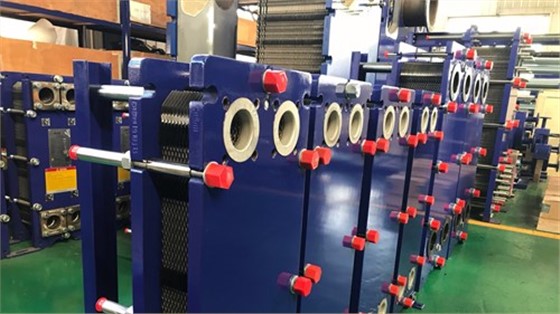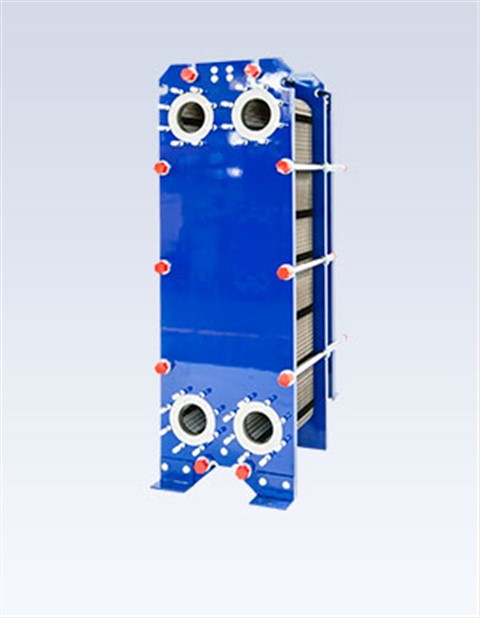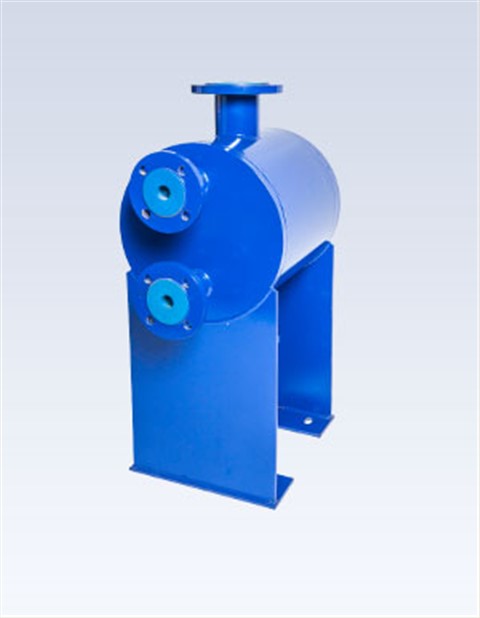Did you get it right?
1. Medium leakage between the plate and the fixed plate
1) Check the rubber strips and joints on the last board to see if there is any misalignment, debris, cracks, or other damage.
2) Check whether the movable board is not uniformly stressed, or there are debris attached to the board, which may damage the connection between the rubber strip and the adjacent surface.
3) Check whether there are cracks or holes in the plate itself.
2. There is a medium leakage phenomenon between the flange and the frame
Remove the flange, check whether the flange and the interface are aligned, whether the rubber strip is misplaced or damaged, and whether there is debris on the surface of the rubber strip or flange.

3. Leakage of the medium between the plates
1) Check whether the rubber strip is loose, misplaced or damaged.
2) Check the leaking plates, check the assembly dimensions of the plates against the drawings, to see if the plates or rubber strips may be damaged due to over-tight assembly, or leakage occurs only because the assembly is not tight enough.
3) Check whether the suspension notches at both ends of the plates are deformed. The deformation of the notches will cause misalignment between the plates.
4) Pay attention to the correctness of the plate suspension.
5) Check whether there are holes on the plate.
4. Confusion occurs between media
1) Check whether the position of each pipe interface on the heat exchanger is correct.
2) Open the lower interface on one side and increase the pressure on the other side. Observe the opened interface to see if there is any penetration of the heated measuring medium. If so, determine the position.
If there is no leakage, you can find the cause of the confusion between the media from other aspects.
3) If there is any leakage, pay attention to where the leakage occurs on the plate, and then turn on the heat exchanger.
4) Before checking the board, first check whether the corner area of the rubber strip and the rubber sleeve at the interface is clean and whether the leak hole is unobstructed.
This ensures that any leakage can be exhausted to the atmosphere, so there is no pressure to cause the medium to seep into another medium from the seal of the rubber strip.
5) Check the light transmission of the plate to see if there are holes or cracks.
The above is the inspection method for the failure of the plate heat exchanger organized by Ripter’s editor. If you have more questions that need to be answered, you are welcome to inquire.


 Food grade plate heat exchanger
Food grade plate heat exchanger Plate And Shell Heat Exchanger
Plate And Shell Heat Exchanger